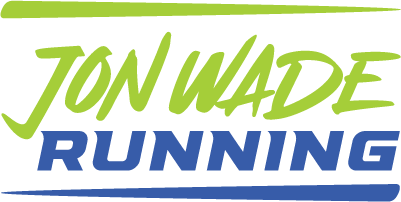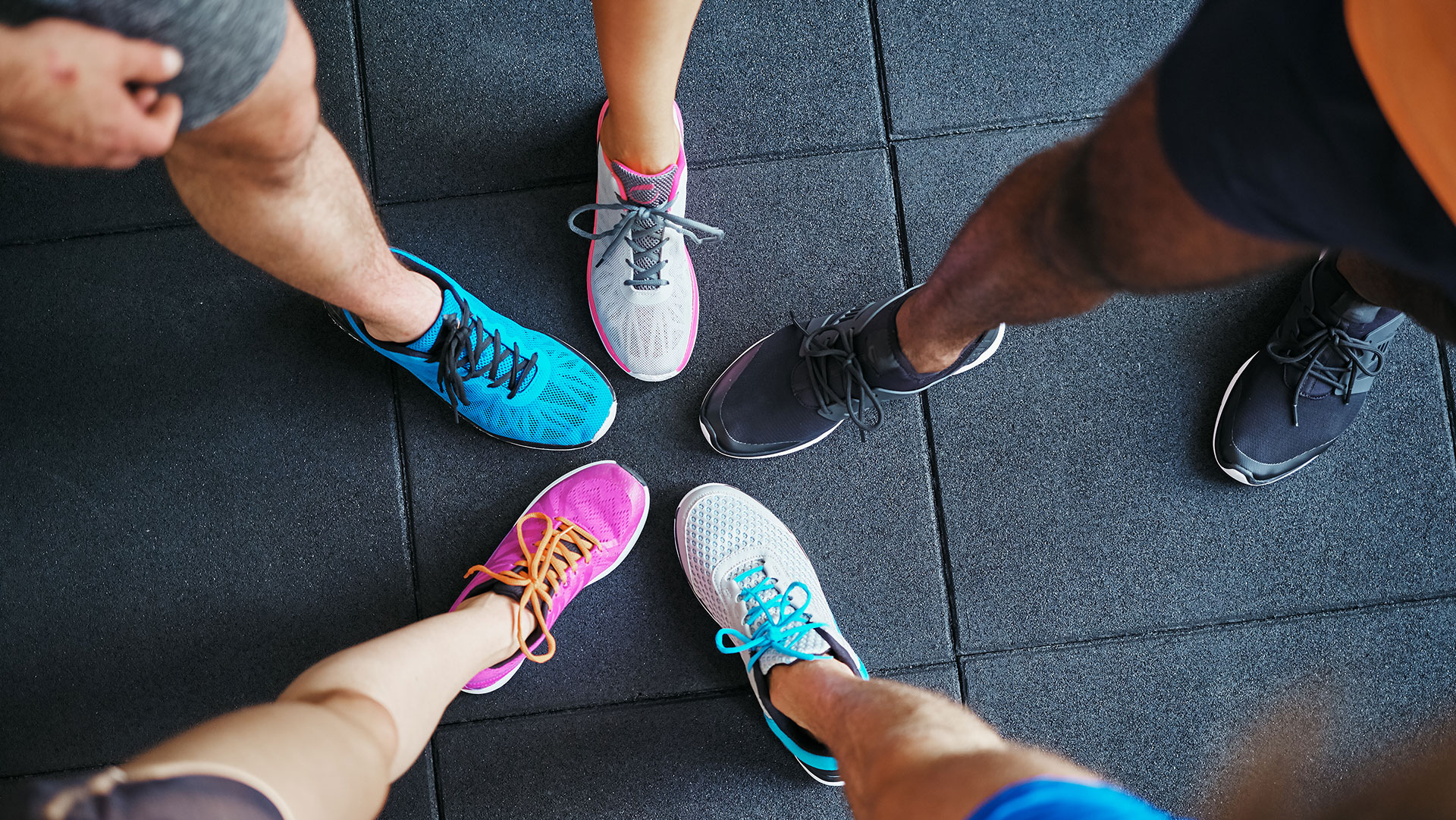Your running shoes can significantly impact your comfort, performance, and risk of injury. Because of this, choosing the right shoe for you is essential. Different foot types, running styles, and surfaces demand specific types of support and cushioning. Here are some ways to find your running shoes and a 5-step guide for those just starting out.
How to find the right running shoe?
Many local running stores offer personalized fitting services. Running stores have knowledgeable staff who can analyze your foot type, gait, and running style. They can advise and help you find a shoe that fits your needs. When you are just getting into running, you may still need to learn what your preferences and requirements for your feet are. As you gain more experience, you will understand what feels good on longer or shorter runs.
Find shoe demo events.
A lot of local running stores also have shoe demos. This is a great way to try out a shoe on a short run to see how it feels before you buy. Two great local running stores in Indy are Athletic Annex and Runners Forum. You can follow them on social media to find out when they have demos.
5-Step Quick Guide to Selecting Footwear for New Runners
1. Understand Your Foot Type
- Flat Feet: Stability or motion-control shoes can help.
- High Arches: Opt for cushioned shoes for better shock absorption.
- Neutral: A variety of shoes might work. Neutral shoes are often a good start for new runners.
2. Consider Your Running Surface
- Road Running: Choose shoes with cushioning and flexibility.
- Trail Running: Shoes should have extra traction and durability.
3. Prioritize Comfort and Fit
- Size: Opt for a slightly larger size than your regular shoes.
- Width: Ensure the shoe isn’t too tight or too loose.
- Heel: Look for a snug but not tight fit.
4. Test Run the Shoes
Try jogging in them to ensure comfort and suitability. Look for shoe demos at your local running store so you can get out and run in the shoe first.
5. Check for Proper Support:
The shoe should support your arch and ankle areas effectively.
Common Concerns for New Runners and Their Shoes
Are the most expensive shoes the best ones? No, there are great running shoes in various price ranges. The most important thing is that they feel good and will last.
How often will I have to buy new running shoes? A good running shoe should last you 300 to 500 miles. When you use a running app like Strava, you can easily track the mileage on your shoes as you go.
One common complaint from new runners is blisters. Blisters and pain are not typical, so try a new shoe or lace them differently if this happens. Blisters often come from ill-fitting shoes.
Get The Right Running Shoe For You
Remember, the best shoe for you is the one that fits well, supports your running style, and feels comfortable mile after mile. As you continue running, you will know what feels good on your feet. You will also likely get addicted to buying running shoes and stay loyal to your brand. You will know when a new version comes out and get them the day they hit the shelves. At least, that’s what I’ve heard wink wink.

